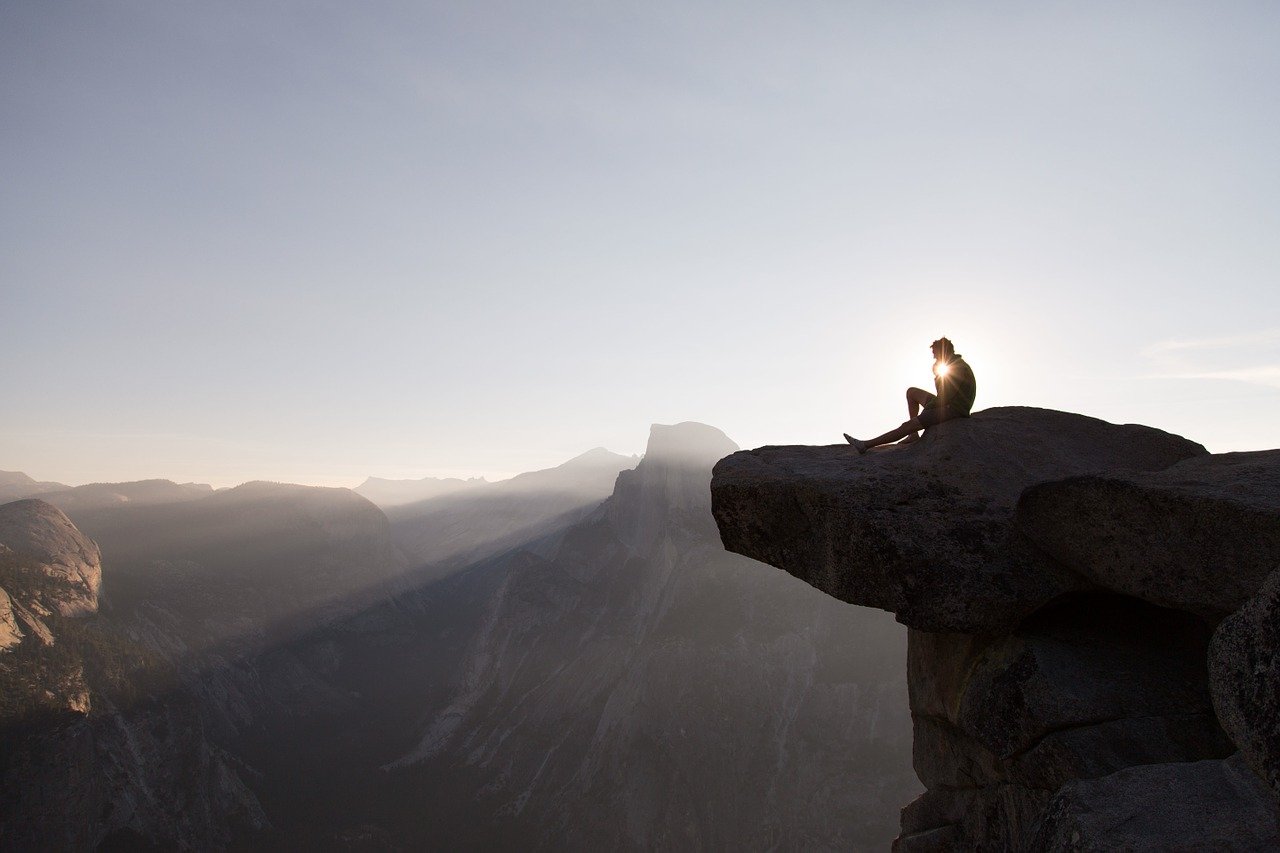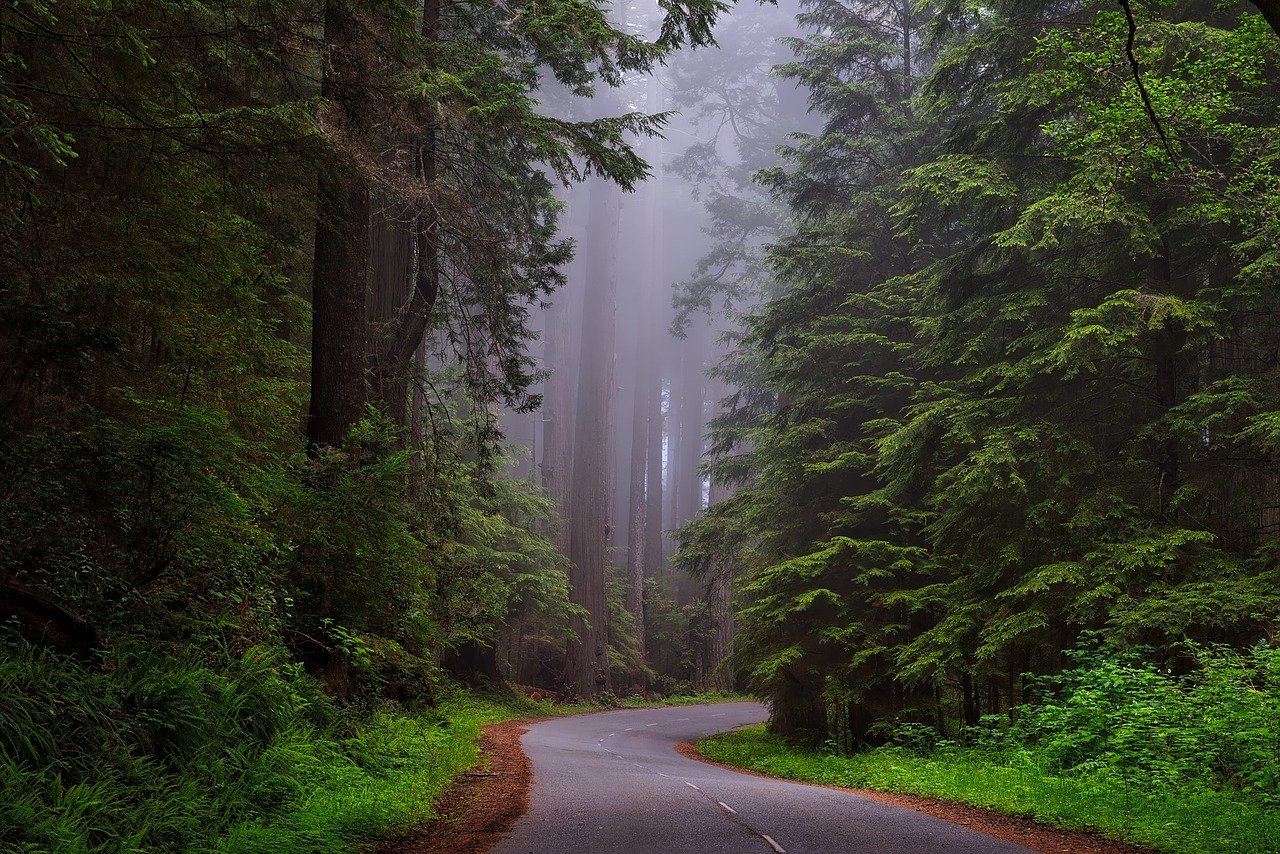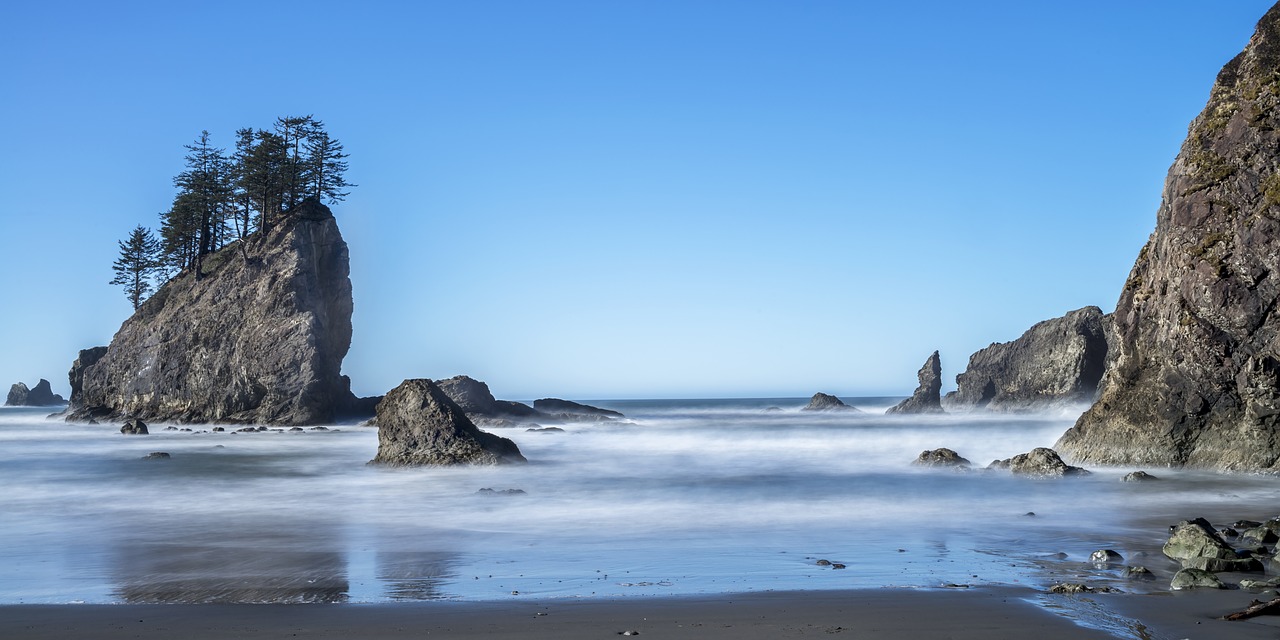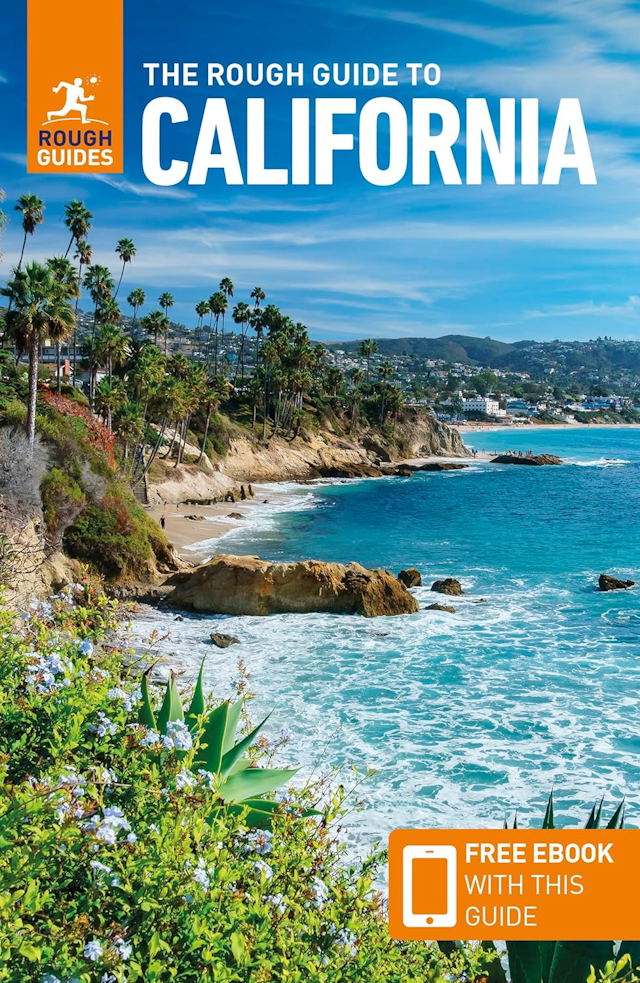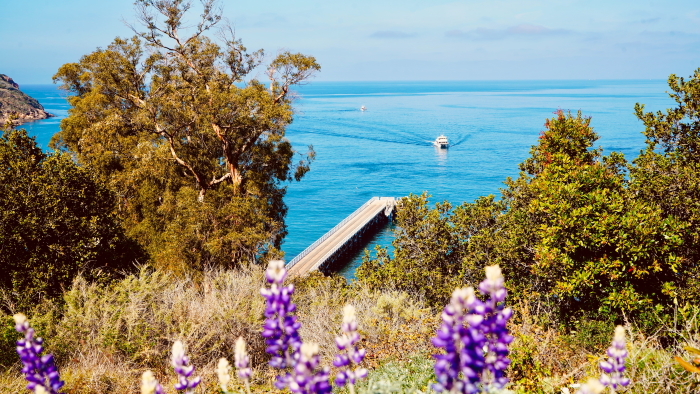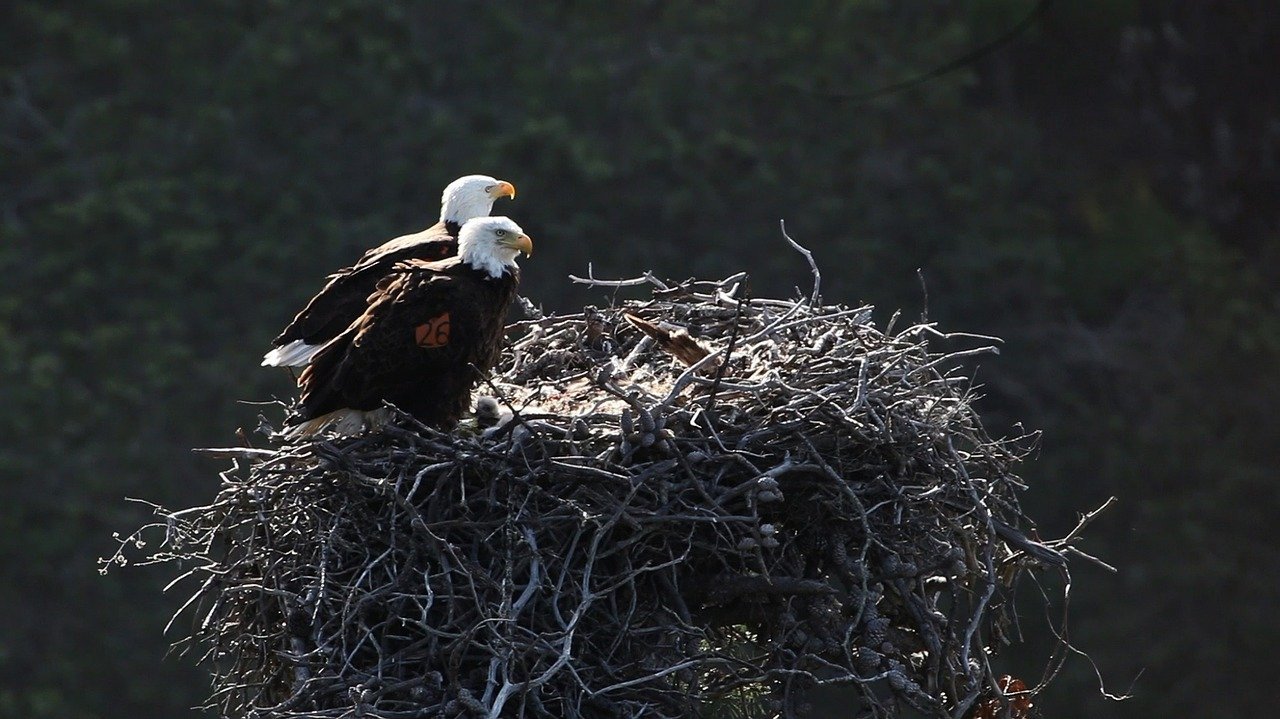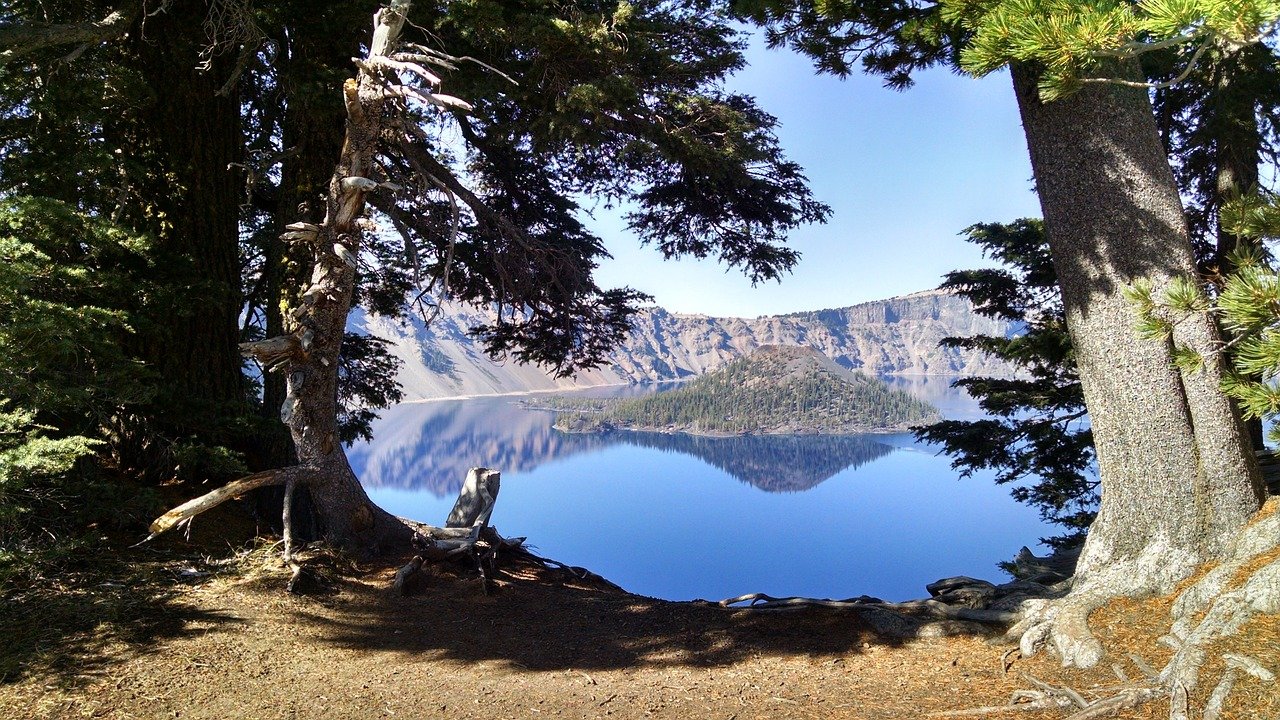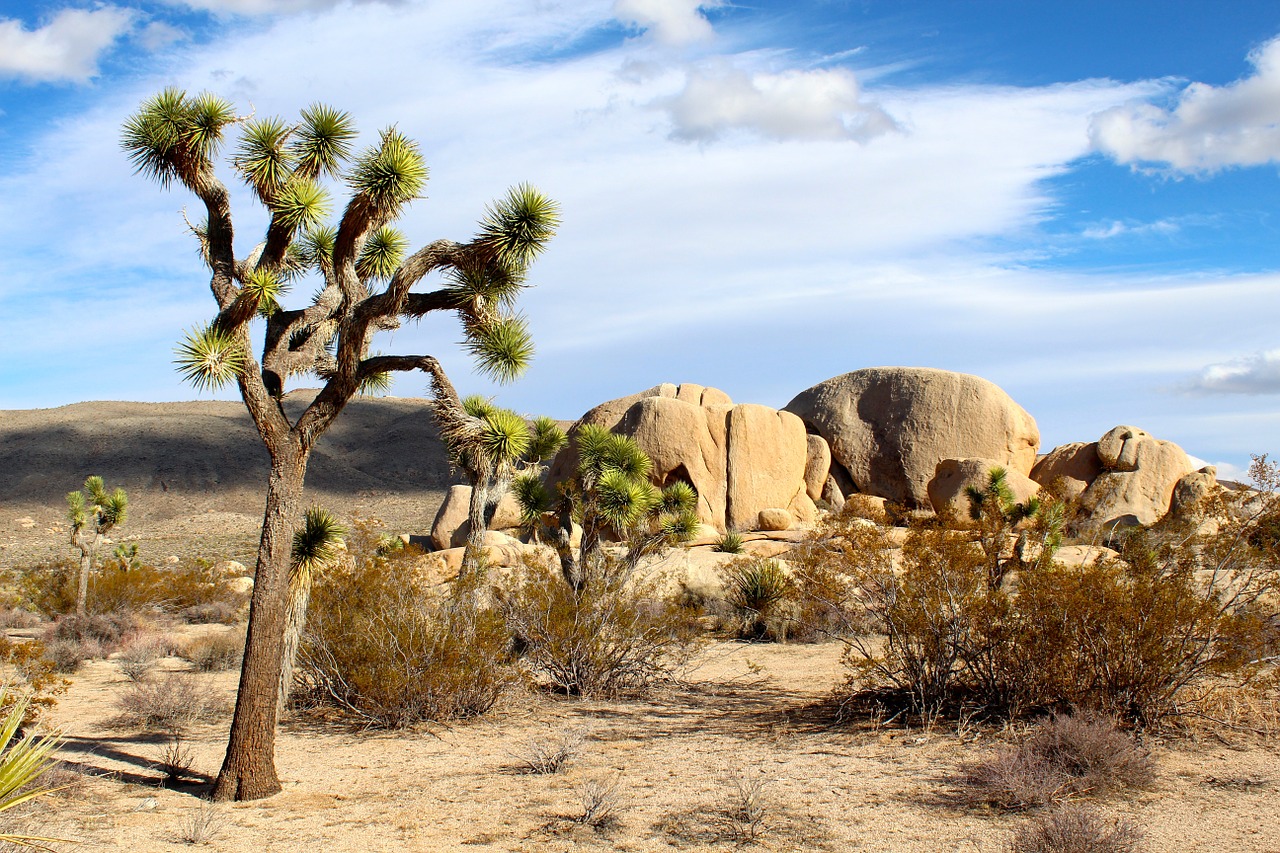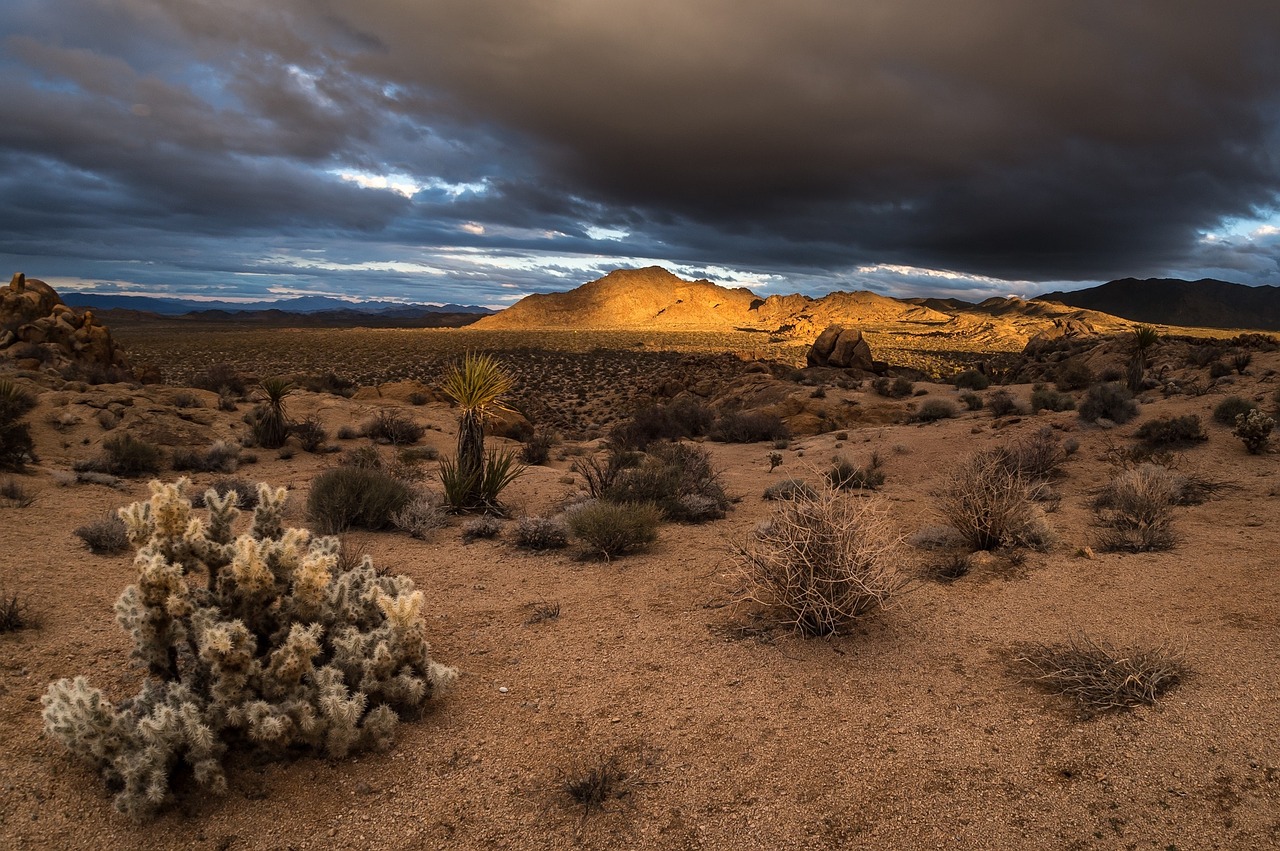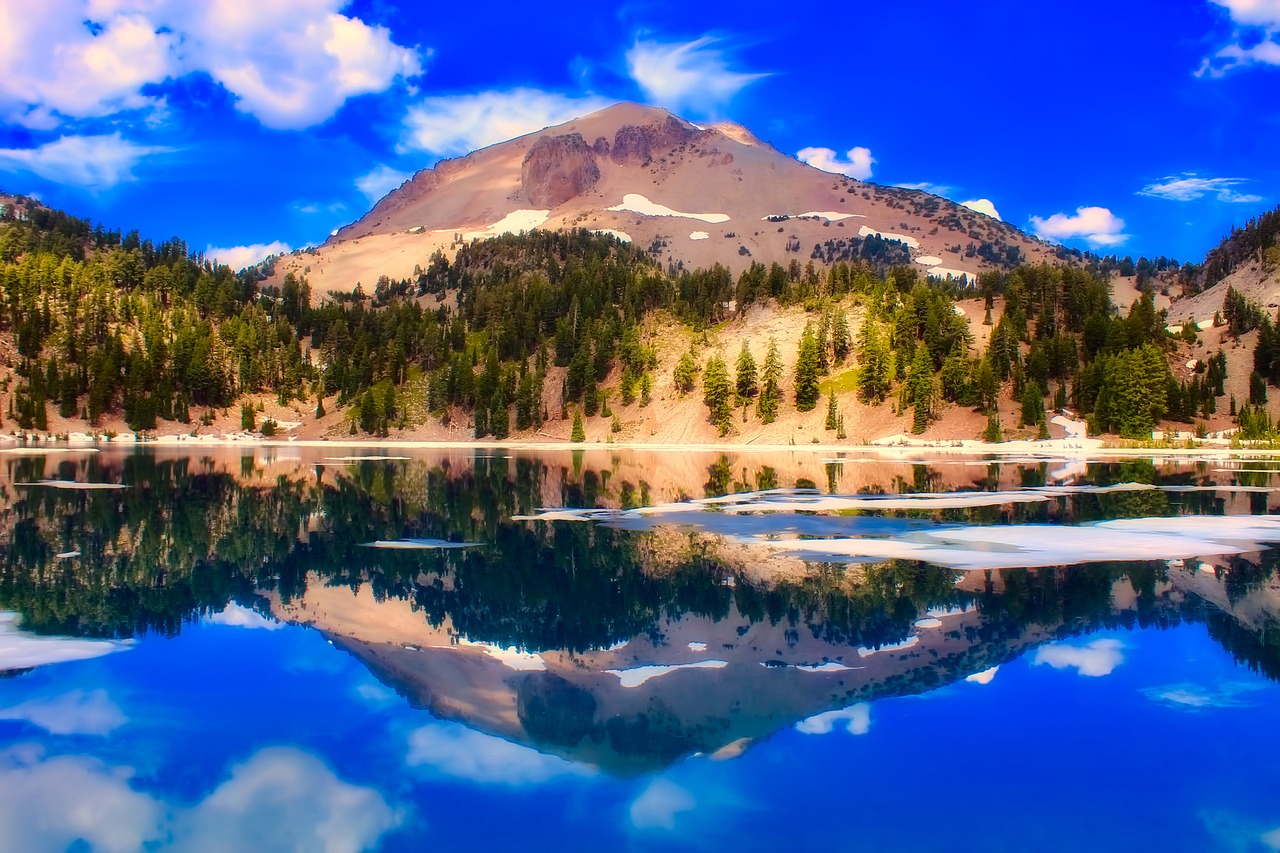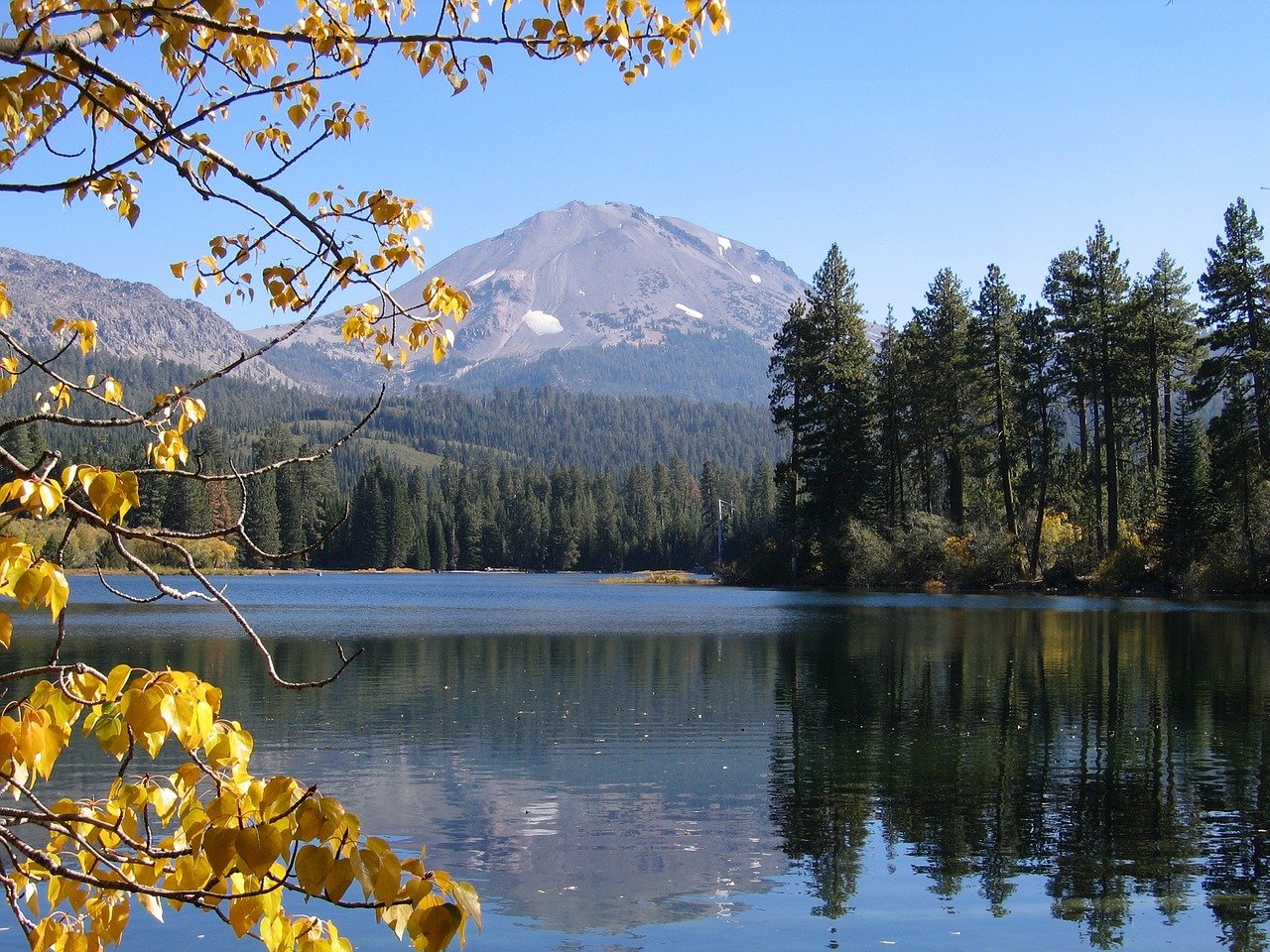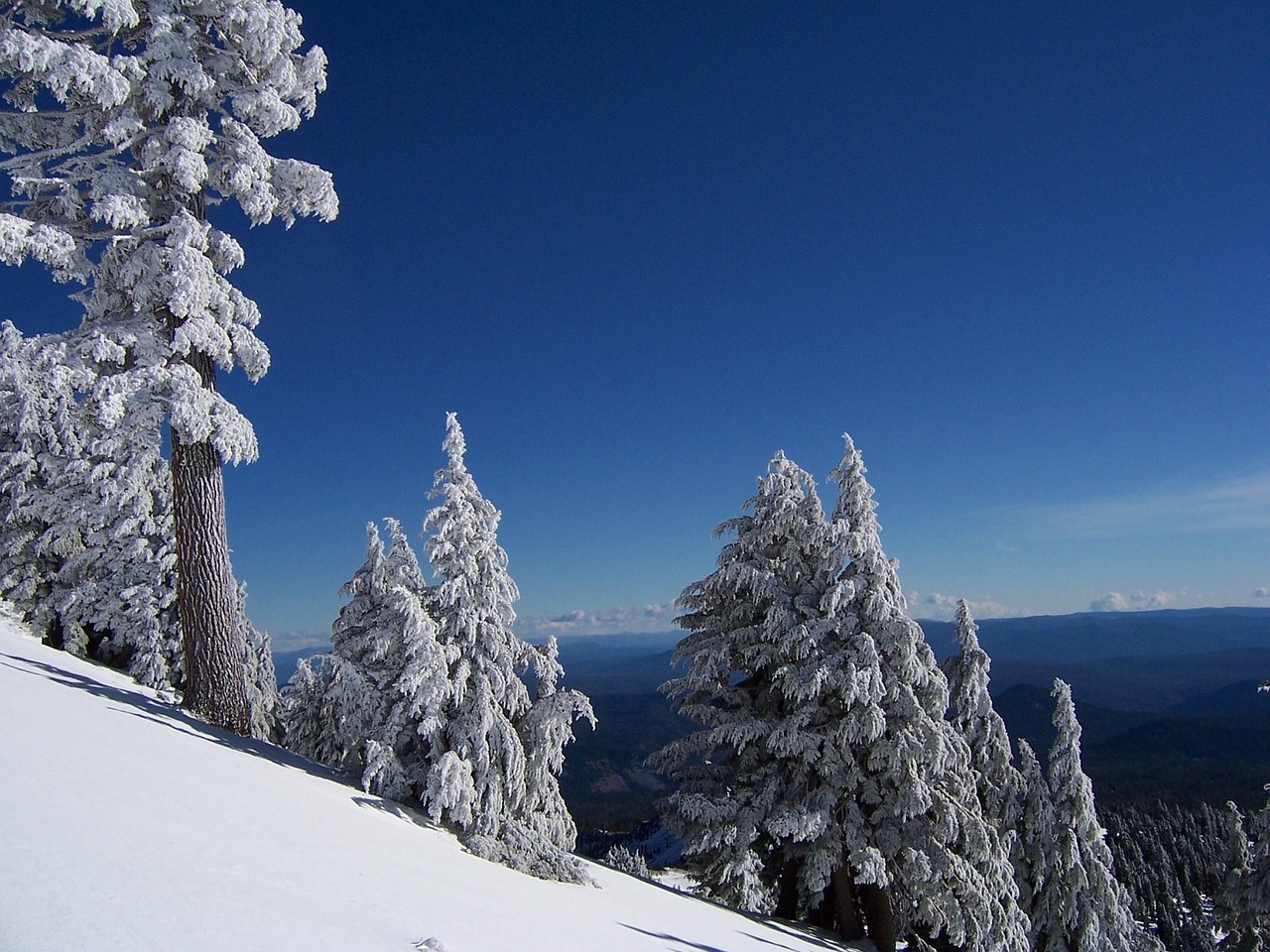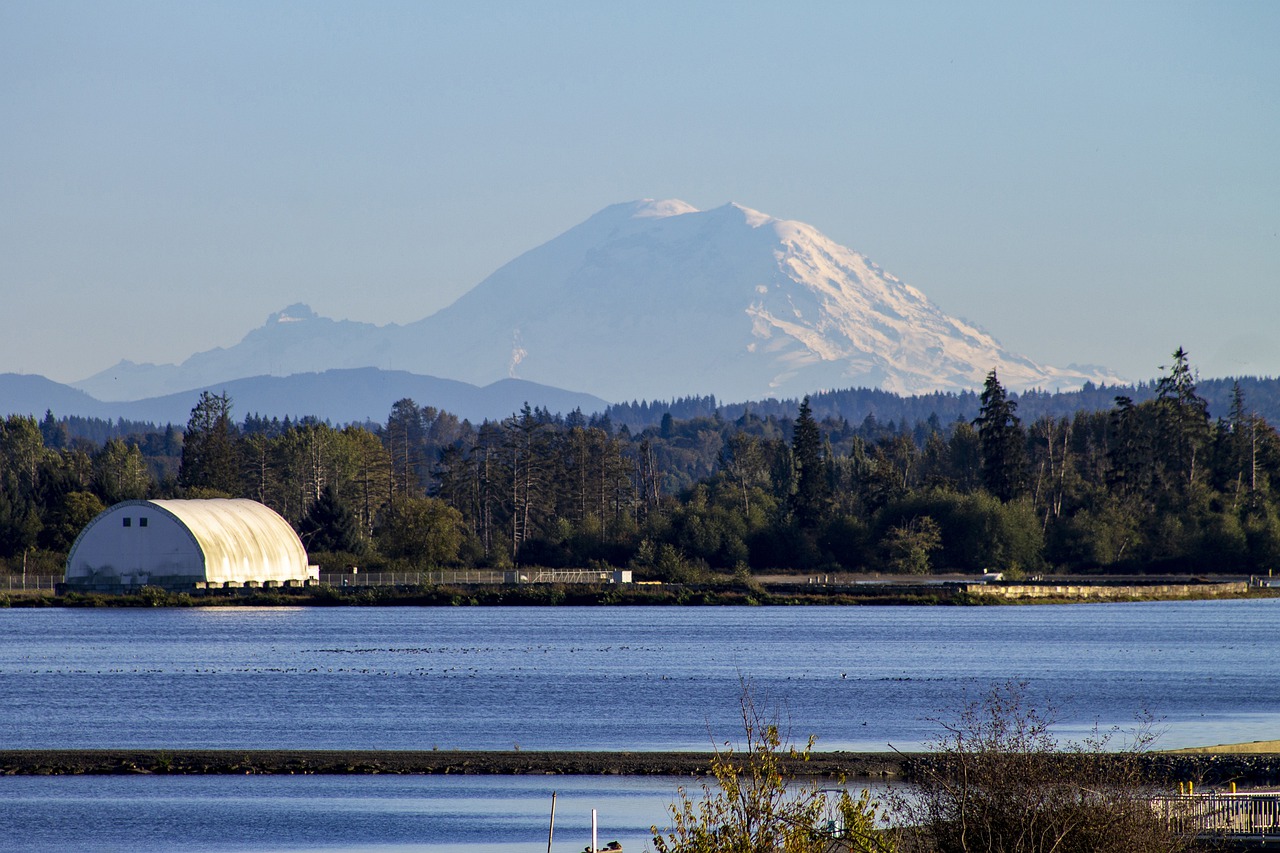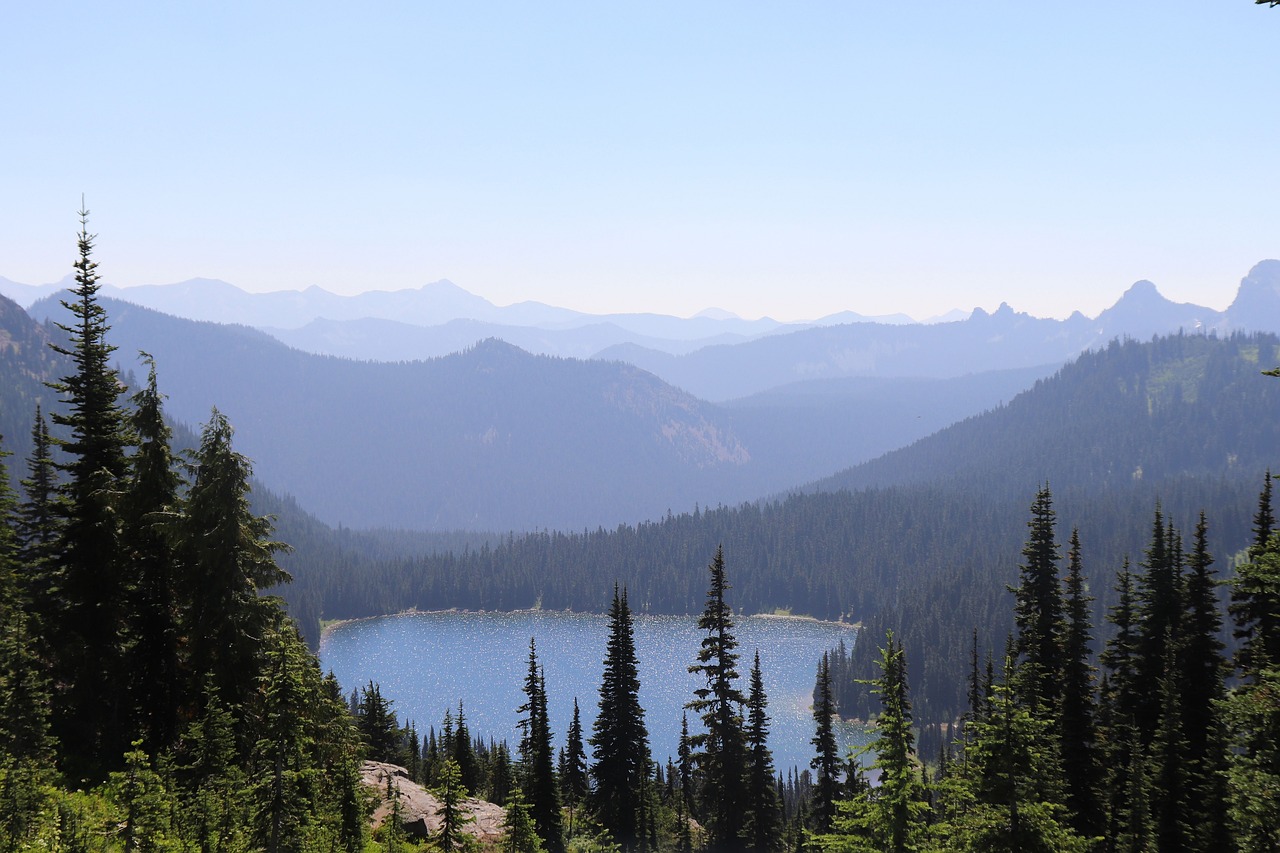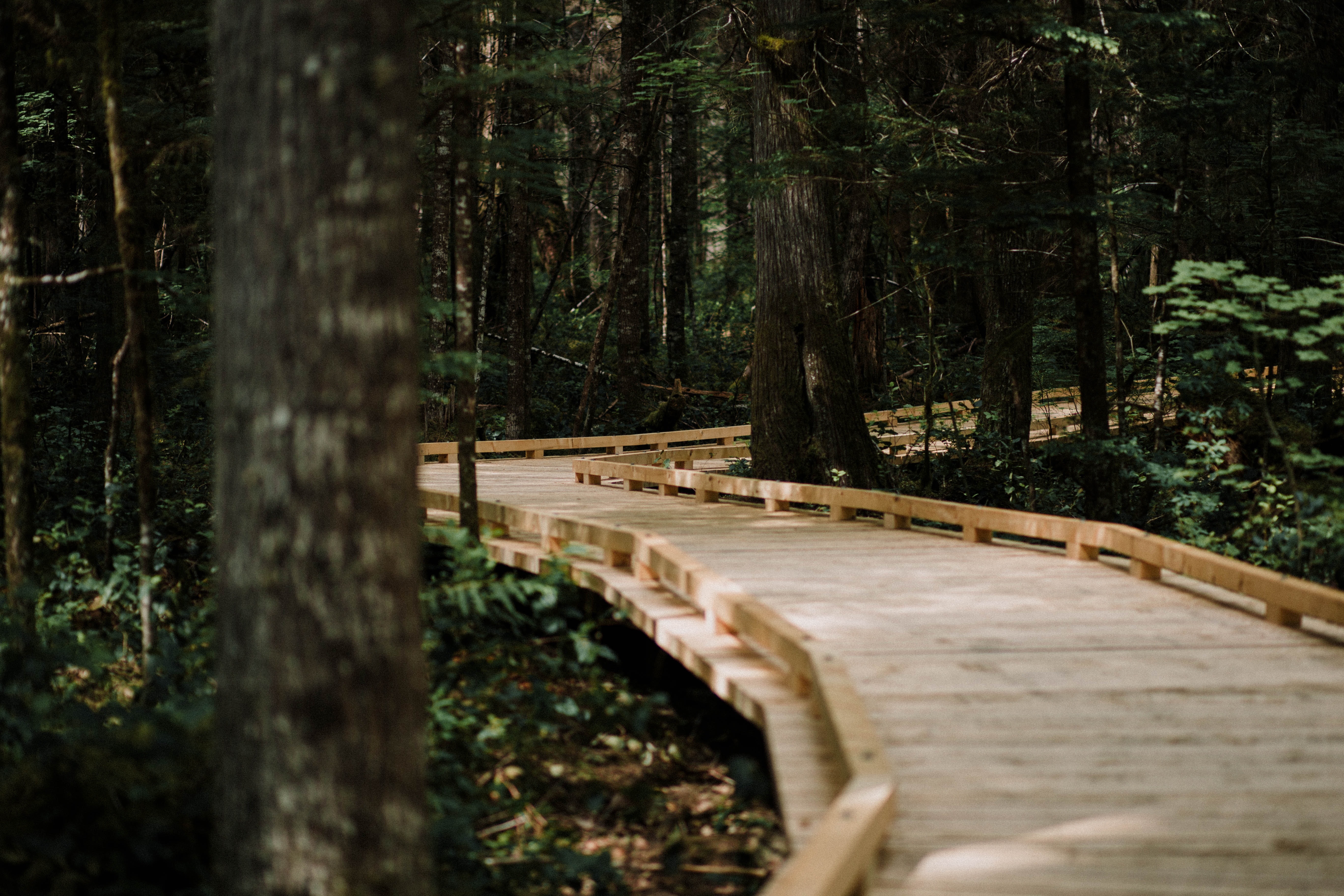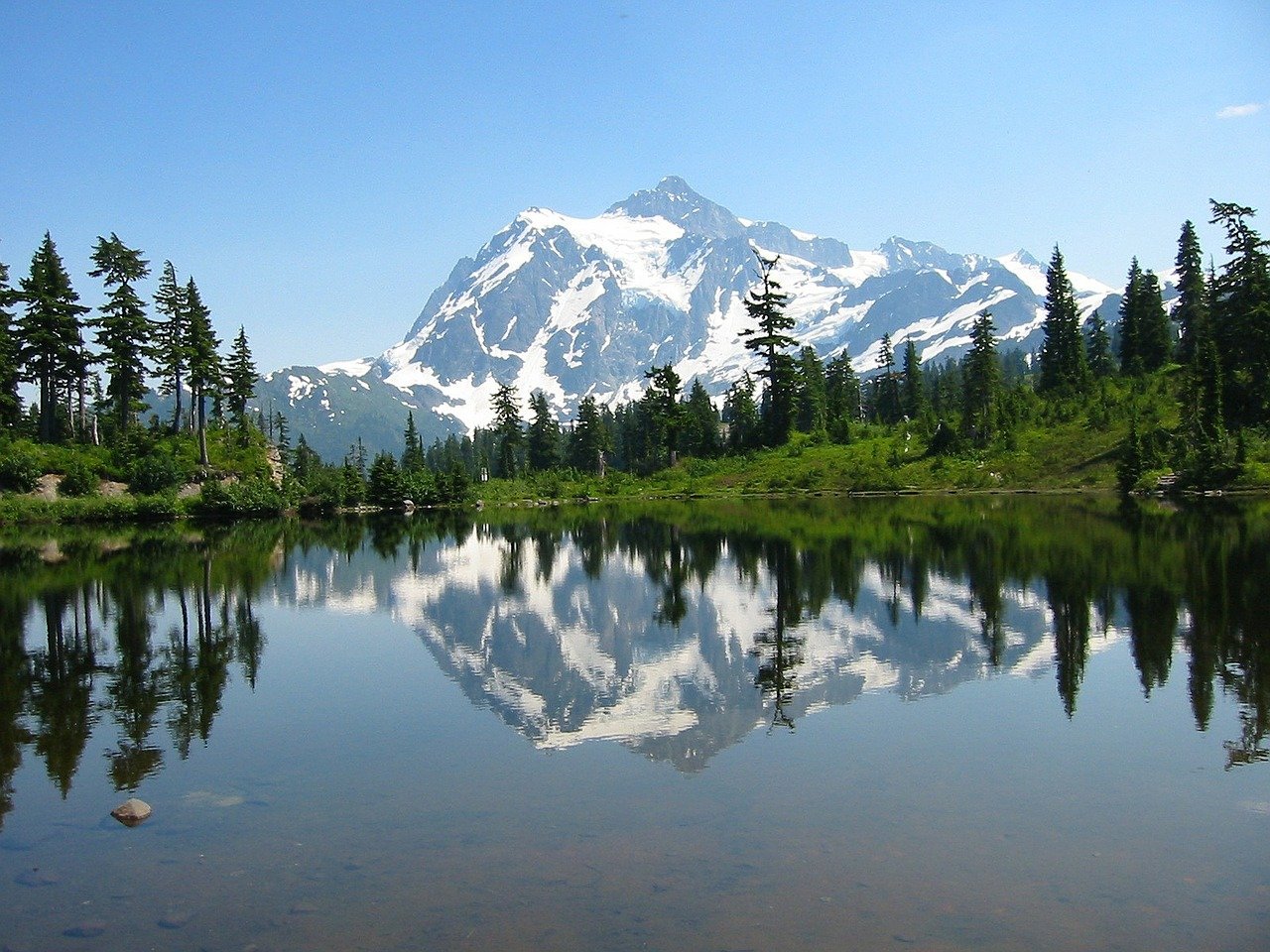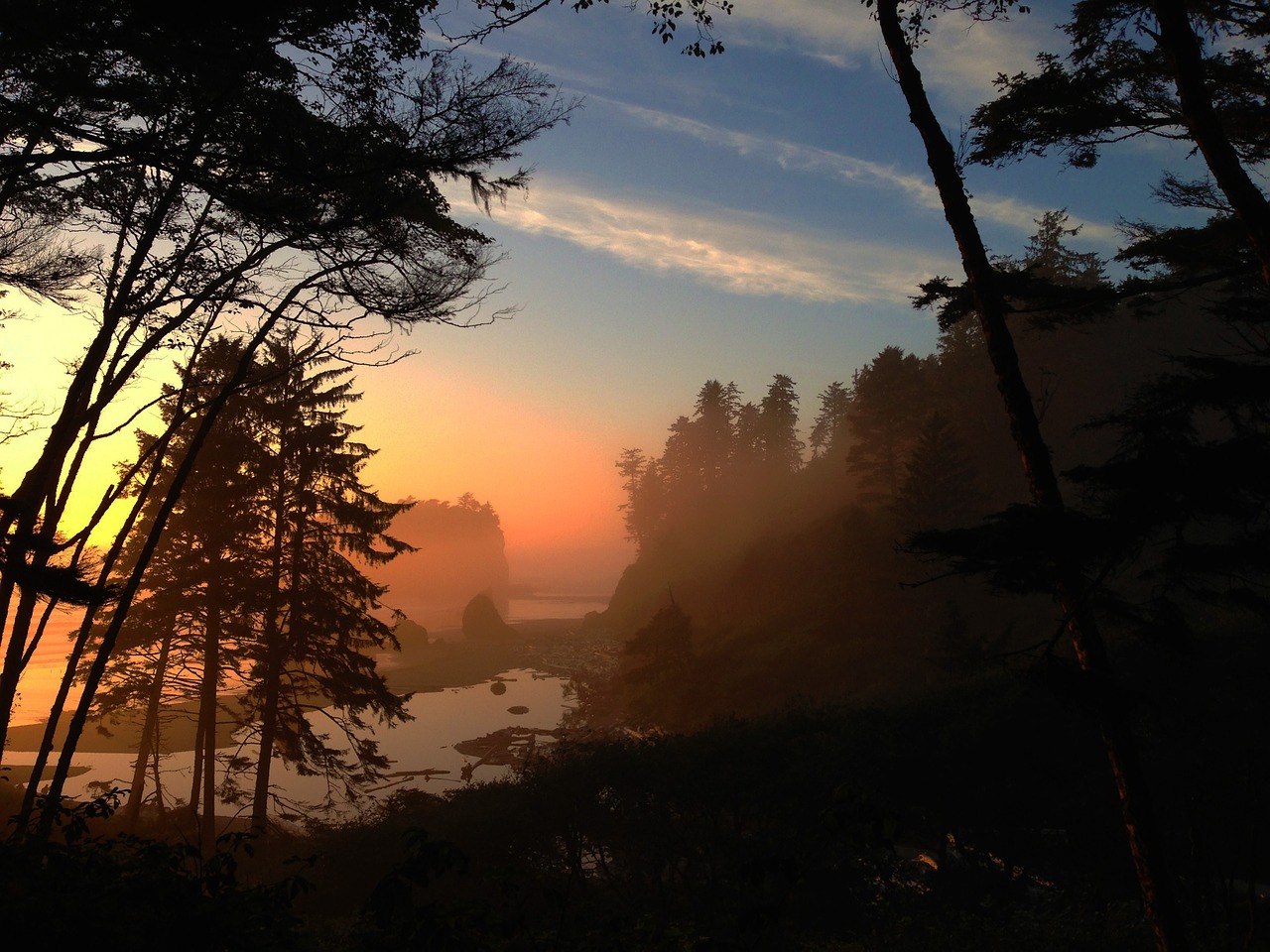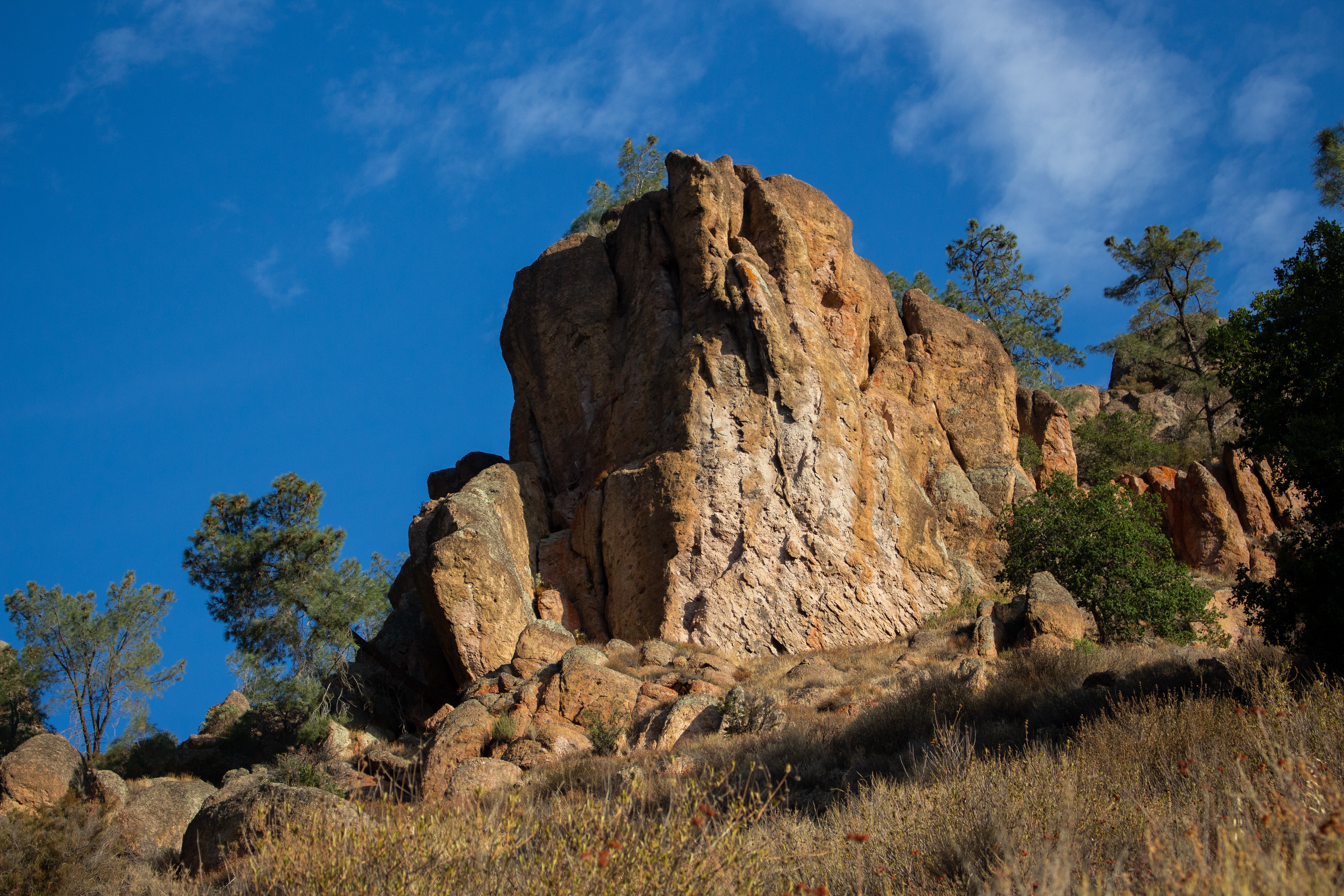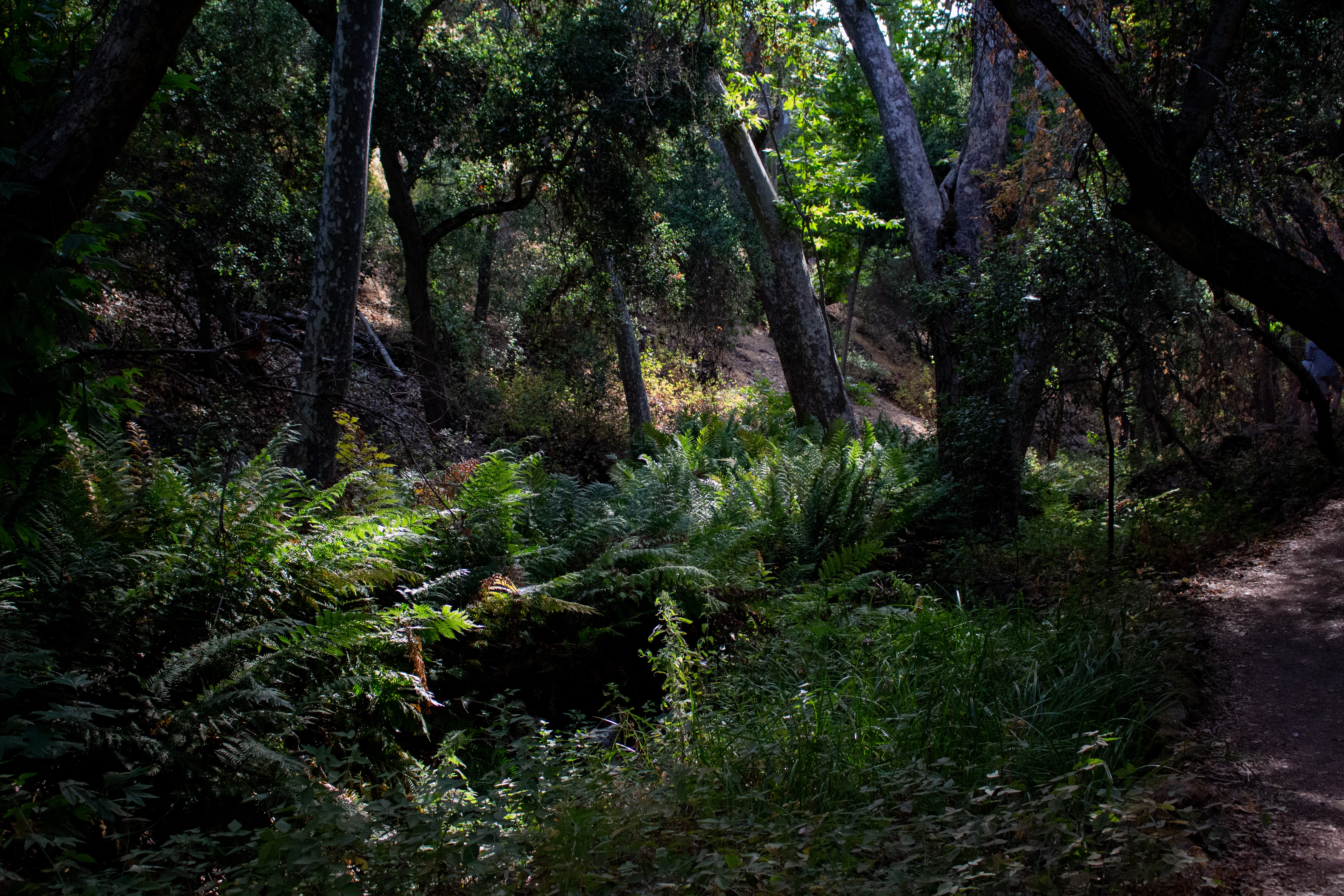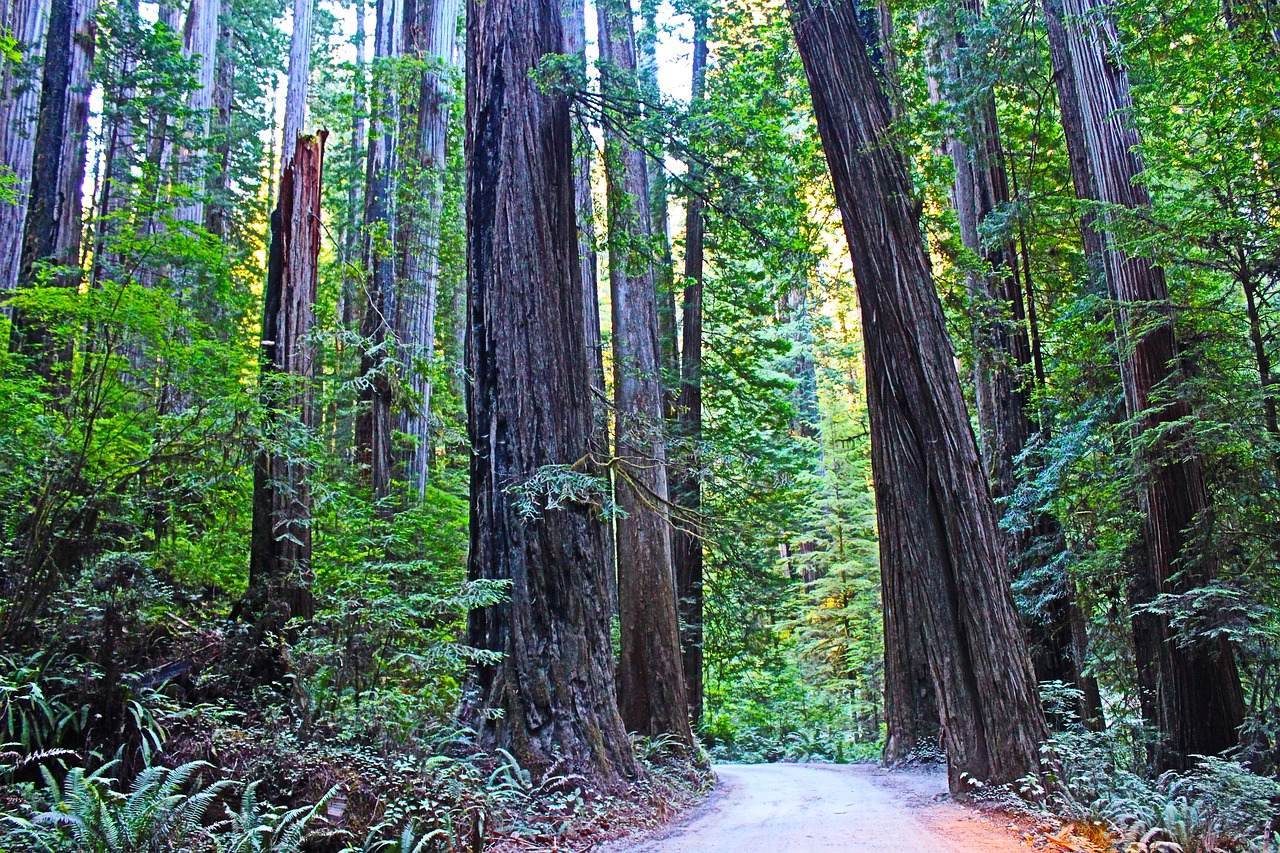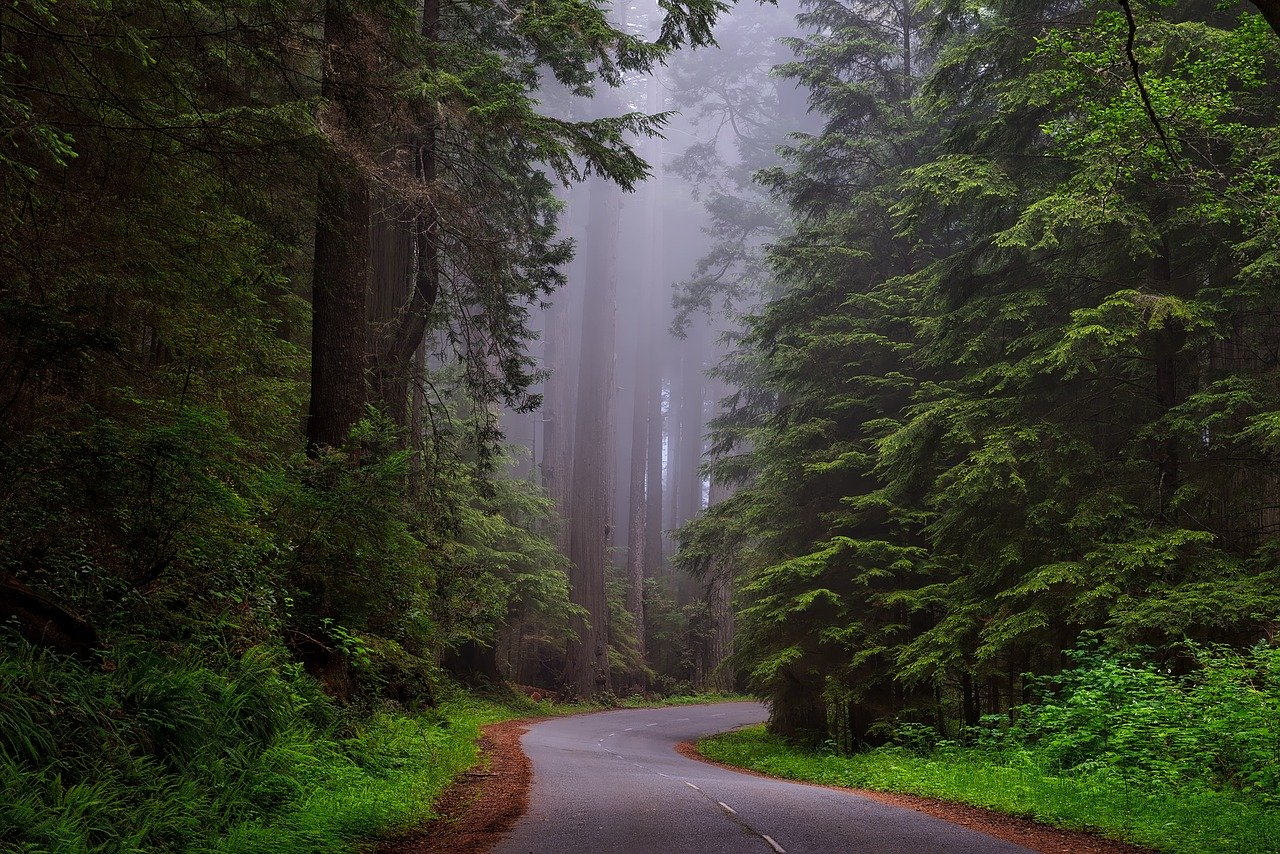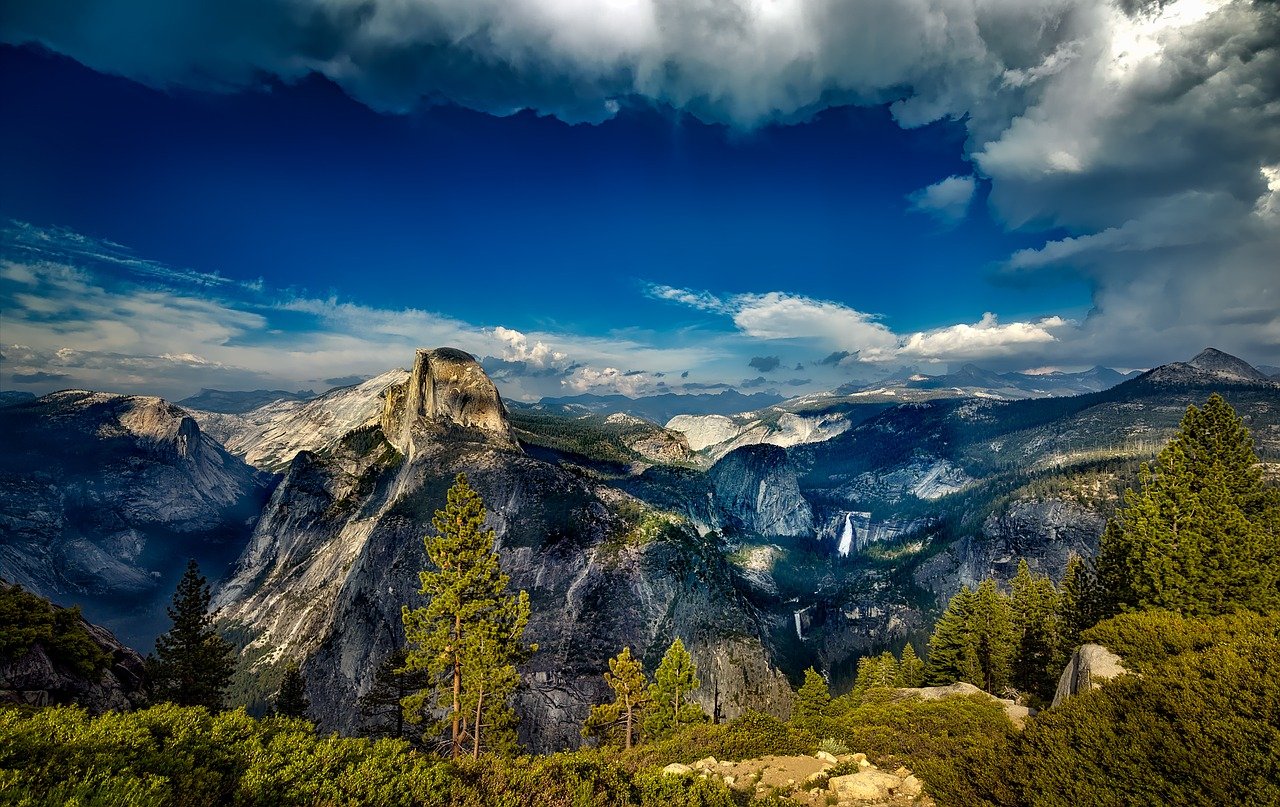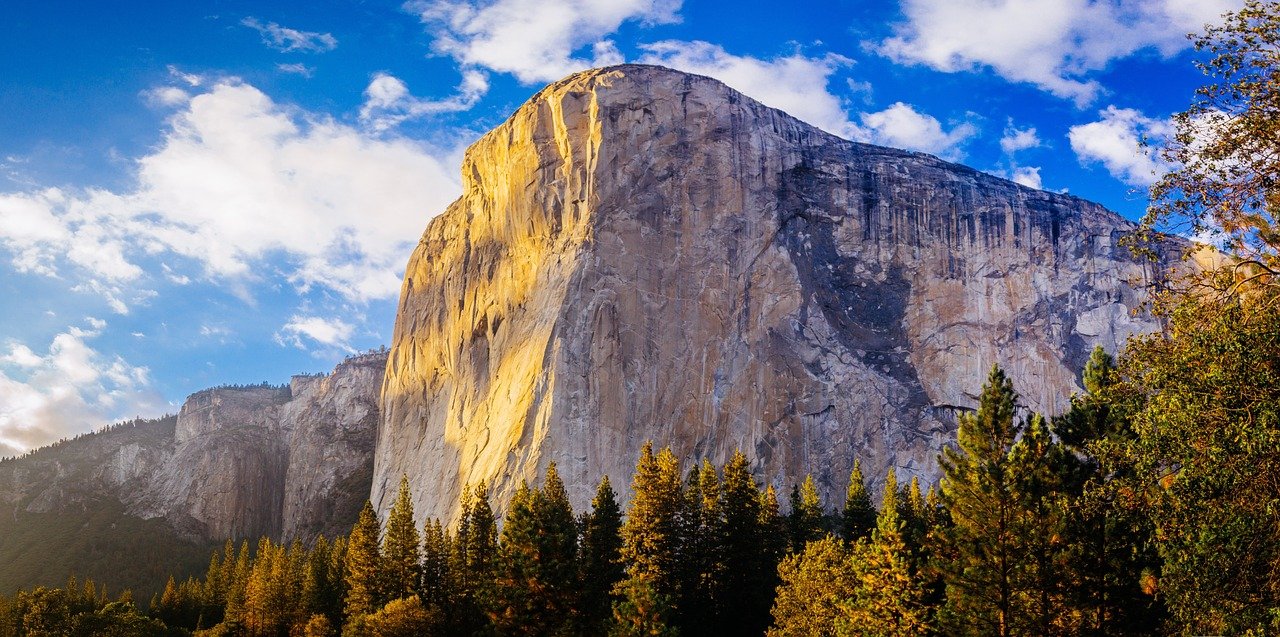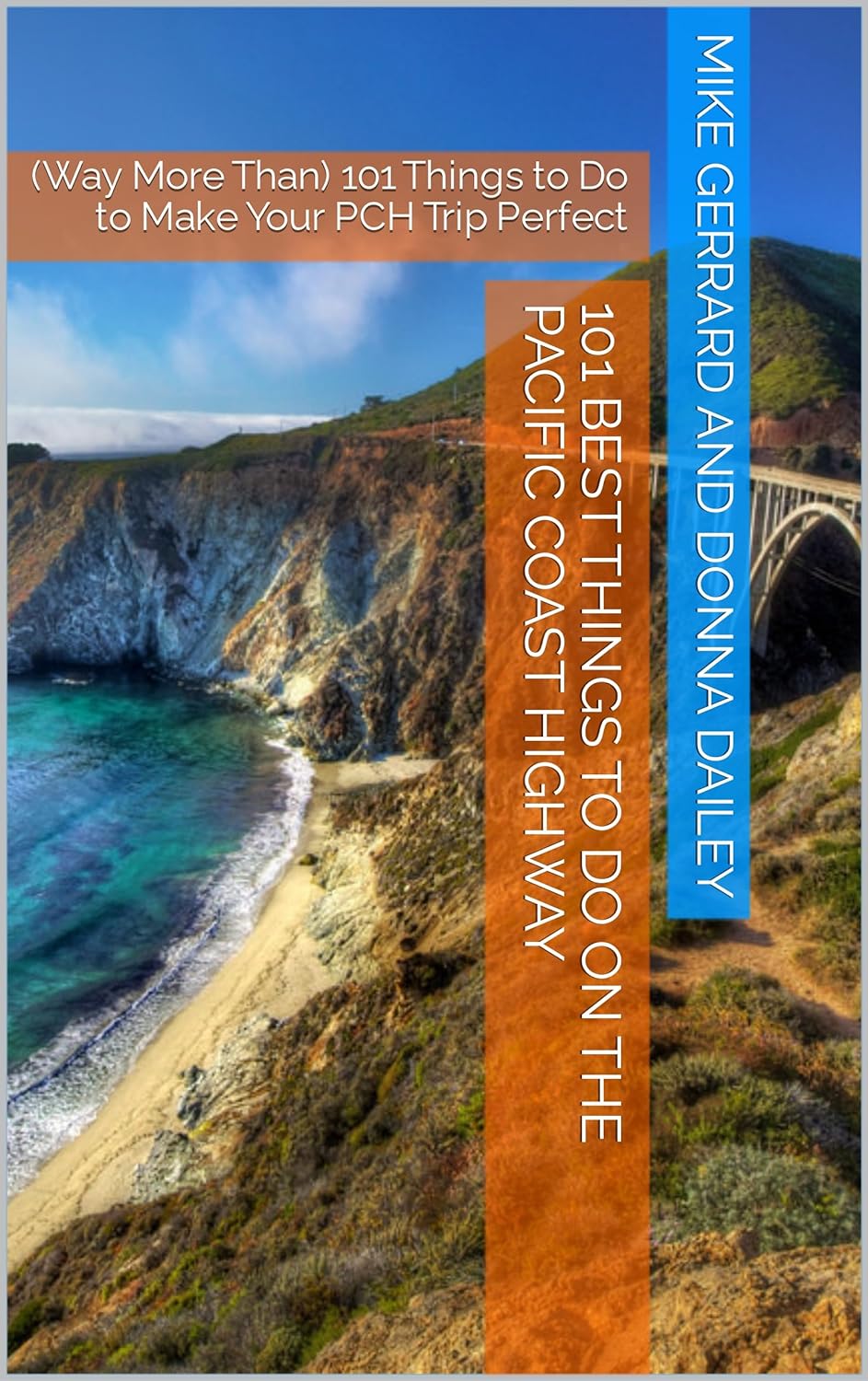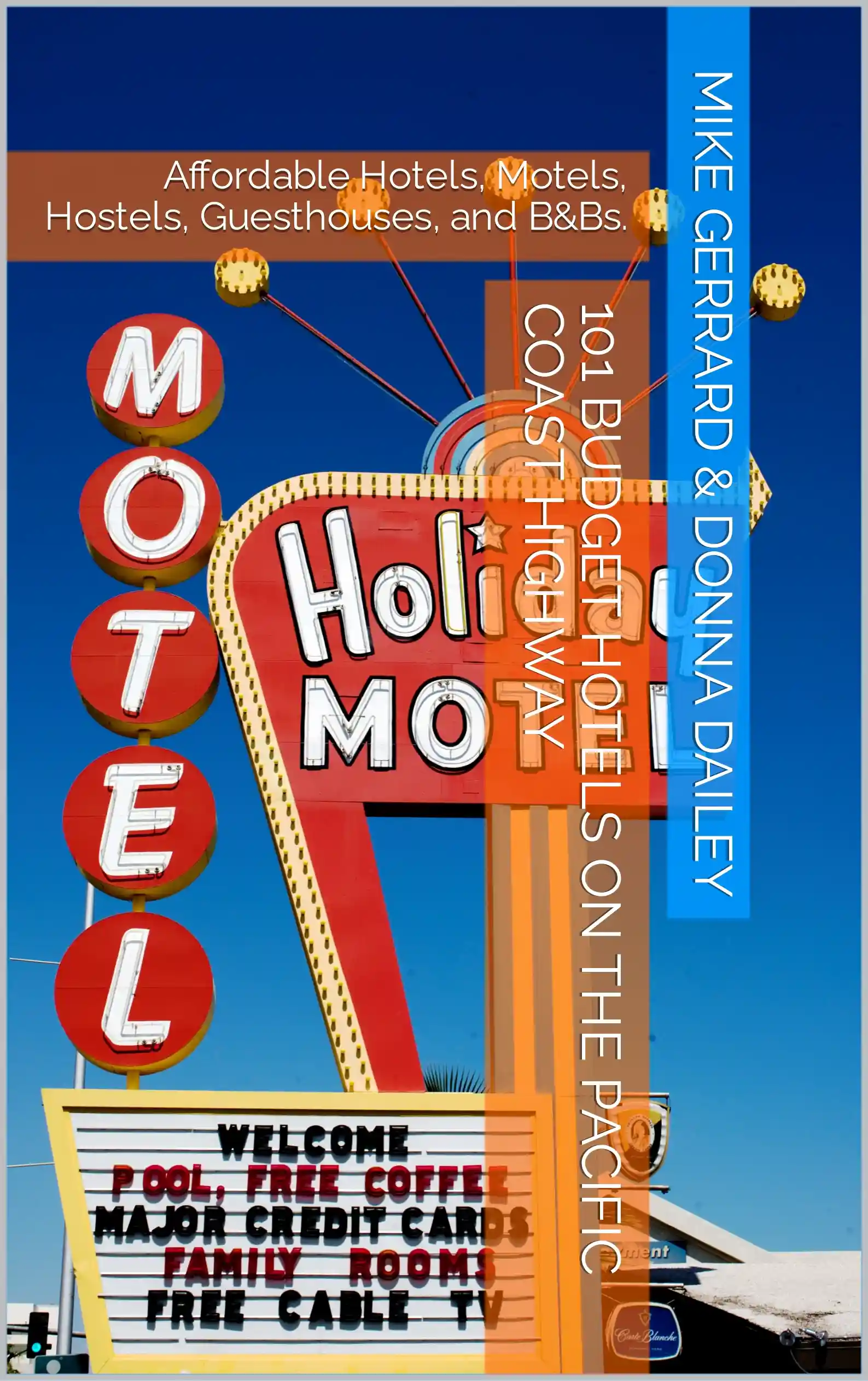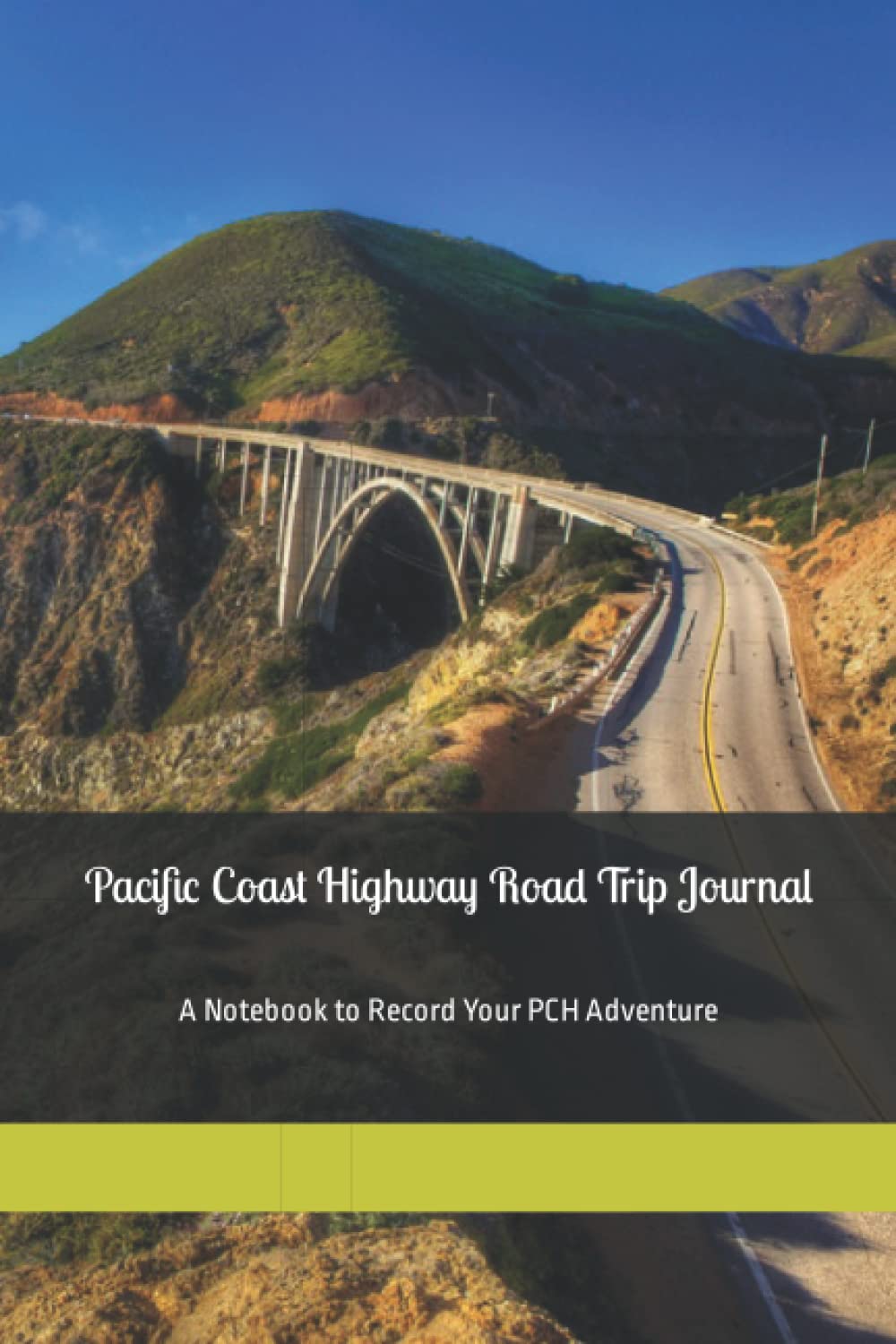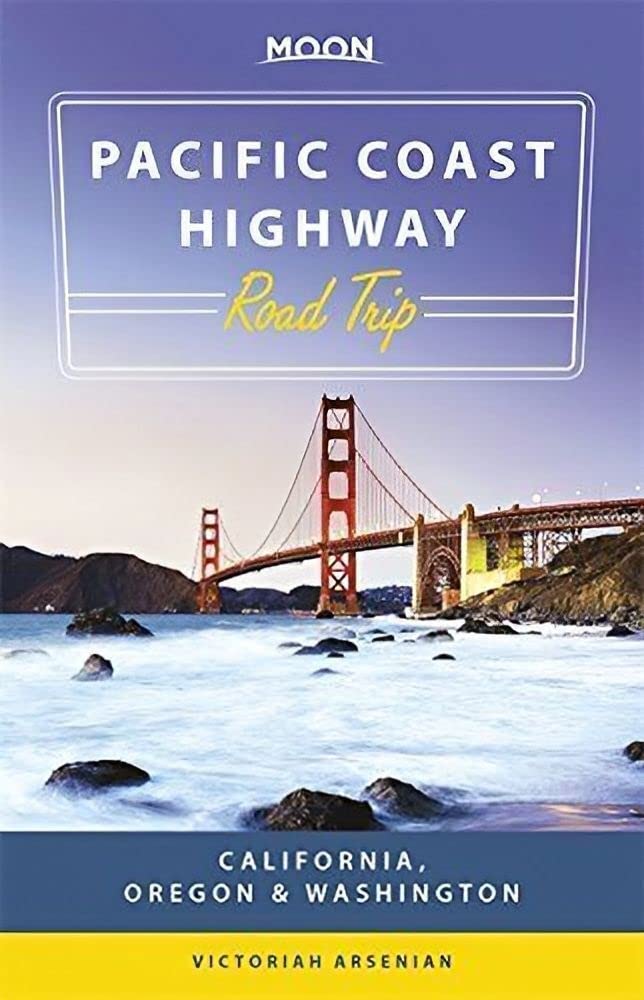- HOME
- WHAT TO DO
- Pacific Coast Highway National Parks
Pacific Coast Highway National Parks
You can visit several US national parks while driving the Pacific Coast Highway and this guide covers ten parks with drive times and accommodation information.
Ten US national parks are within reach of the Pacific Coast Highway, and here’s our guide to all of them, with some accommodation suggestions.
When we say that the national parks are within reach of the Pacific Coast Highway, we’ve set ourselves a limit of a four-hour drive from somewhere along the highway to get to the park. We figure we’d be happy to drive four hours to see these natural wonders, especially as many of the drives themselves are impressively beautiful.
For the longer drives we wouldn’t recommend trying to go there and back in a day, as there’s so much to see in every park, but instead make a proper side trip of it and book accommodation well ahead. Some of the parks have limited accommodation options and can get booked up a long way in advance. Several of the parks could also be easily visited at the start or end of your Pacific Coast Highway drive.
Here in alphabetical order are the ten national parks that you can incorporate into a drive along the Pacific Coast Highway. We haven't given detailed directions as those can be lengthy for the further parks and we assume you'll use a GPS, smartphone, or a good map.
Channel Islands National Park
You can’t drive to this national park, of course, not even if you have an amphibious vehicle. Trips must be made on officially-sanctioned boats or planes, and private boats must have prior permission. Boats go from Ventura Harbor, where there’s an information office telling you all about the park and where you book your tickets. There are also plane trips from Camarillo Airport, which is a 20-minute drive east from Ventura Harbour in the city of Camarillo.
Flights take about 40 minutes and boat trips from 1-4 hours depending on the island or islands being visited. You can also book a whale-watching cruise through the officially-sanctioned company, Island Packers.
Channel Islands National Park website.
Crater Lakes National Park
Crater Lakes National Park is almost a four-hour drive from Crescent City. It's the only national park in Oregon and was established in 1902, making it the fifth-oldest national park in the country. Crater Lake is the result of a volcano that collapsed, giving it its unique and dramatic look, with water now filling the volcano’s caldera. The lake is 1,949 feet (594 m) deep at its deepest, making it the deepest lake in the USA and the 9th-deepest in the world. In fact if you measure it by average depth, it becomes the third-deepest in the world.
It’s well worth the four-hour drive from the Pacific Coast Highway, and you’ll want to stay overnight. Crater Lake Lodge is within the national park and has rooms overlooking the lake, but book well ahead.
Crater Lake National Park website.
Joshua Tree National Park
Joshua Tree National Park is a drive of two-to-three hours from places like Los Angeles, Santa Monica, and San Diego. It’s a similar time from the beach cities south of LA, like Huntington Beach. To get from San Diego to Joshua Tree National Park takes under three hours.
.Joshua Tree was originally created as a national monument in 1936, and became Joshua Tree National Park in 1994. Its 1,235 square miles (3,200 sq kms) make it larger than the state of Rhode Island, and encompass two deserts. It’s most famous, of course, for the thousands of distinctive Joshua Trees, though in fact they’re not trees but a succulent, looking like a cross between a tree and a cactus.
If you want to stay overnight then there are several campgrounds inside the park, but no hotels or other accommodation. There’s plenty of choice around the park, though, in places like Twentynine Palms and Indio, and Palm Springs is about an hour’s drive away.
Joshua Tree National Park website.
Lassen Volcanic National Park
Lassen Volcanic National Park squeezes onto our list as you can just about get to it in four hours from Eureka, depending on the traffic. It's one of the few places in the world where you can see all four different types of volcano, the most dominant being Lassen Peak. This stands at an elevation of 10,457 feet (3,187 m) but is visually striking as it rises for 5,229 feet (1,594 m) out of the surrounding landscape.
Lassen became a national park in 1916, the park being made up of what were previously two national monuments. It contains the highest road in the Cascade Mountains, so check out weather conditions and forecasts before you travel as snow can linger here as late as July! Lassen Peak last erupted in 1917, which means that it is still considered an active volcano, but no-one knows if and when it might erupt again.
There's no public transportation to or in
the park so you'll need your own car to enjoy the 30-mile (48 km) park highway
and be aware that because of the elevation some people do experience altitude
sickness. For accommodation you'll need to search for lodgings in the small
towns that are around the park, like Susanville, Burney, Mill Creek, and
Chester. There aren't any historic hotels within the park as there are with
many other national parks, so you may have to settle for a chain hotel or motel
like Travel Inn or Super 8.
Lassen Volcanic National Park website.
Mount Rainier National Park
Mount Rainier National Park is a two-hour drive south from Seattle, and then east. It covers an area of 369 square miles (957 square kms) and contains volcanoes, mountains, waterfalls, meadows, forests and glaciers - so there's lots to see. That includes Mount Rainier itself, a stratovolcano that is 14,411 feet (4,392 m) high, the highest point in the Cascades. If you want to visit the park's higher elevations then you should always check the weather conditions. Winter here can start in November and last through to May. The park gets a lot of rainfall too, and the best times to visit are July and August.
Mount Rainier was made a national park back
in 1899, making it the fifth national park to be created in the USA, and today
it gets over 1.5 million visitors a year. For that reason you need to book
ahead, especially if you want to visit during the summer months. There is
accommodation within the park boundaries and you need to look for lodgings in places
like Packwood, Greenwater, and Ashford. Ashford has the most hotels, with great
views of Mount Rainier.
Mount Rainier National Park website.
North Cascades National Park
The North Cascades National Park is a two-hour drive northeast of Seattle. It covers over 500,000 acres and encompasses the North Cascades mountain range, glaciers, rivers, huge forests, and vast areas of wilderness. In terms of flora and fauna, it's said to be the most bio-diverse park in the whole of the United States. There are black bear, grizzlies, grey wolves, elk, bobcat, lynx, cougar, coyote, and numerous other animals.
The park was established in 1968 and because of its remote nature, up against the Canadian border, it gets only about 30,000 visitors a year. There is accommodation within the park boundaries in places like Stehekin and Rockport.
North Cascades National Park website.
Olympic National Park
See our page on the Olympic National Park in Washington, and our separate page on Olympic National Park Accommodation.
Olympic National Park website.
Pinnacles National Park
Pinnacles National Park is just over an hour’s drive from Monterey and Carmel, so is one of the easiest national parks to visit when you're driving the Pacific Coast Highway. You can easily make a day trip of it from the coast, though there is accommodation there as well if you want to make the most of your visit. The park covers over 26,000 acres and attracts over 200,000 visitors a year.
The park was only established in 2013,
although it had been designated as a national monument by President Roosevelt
in 1908. Its highest point is North Chalone Peak at 3,304 feet (1,007 m) and
the best times to visit are from May to October, when there is very little
rainfall and temperatures are warm... though they can easily go over 100
degrees at lower elevations in summer. The pinnacle rock formations that give
the park its name are popular with climbers, and there are plenty of hiking
trails too.
Pinnacles National Park website.
Redwood National and State Parks
You can’t miss the Redwood National and State Parks as Highway 101 goes right through them. In total they cover 139,000 acres, of which about 40,000 acres is given over to redwood forests. Although they're best known for their giant redwood trees (the tallest trees on earth) there are also prairies, rivers, oak forests, and almost 40 miles (64 km) of coastline. They are definitely among the top attractions if you're driving the Pacific Coast Highway.
The Redwood National Park was created in
1968 and together the parks receive about half a million visitors a year. If
you want to make the most of the parks and do more than simply drive through,
the nearest decent-sized place to stay along the Pacific Coast Highway is
Crescent City, where there are plenty of accommodation options to suit all
budgets.
Redwood National and State Parks website.
Yosemite National Park
You can reach Yosemite National Park in under four hours from such places as San Francisco or Monterey. It became a national park in 1890, only the third in the country after Yellowstone and Sequoia national parks. Today it attracts well over four million visitors a year, and covers an area of 748,436 acres. Many people only go to see the park's main attractions, but if you want to escape the crowds the park is certainly big enough to enable you to do that. It's also a park that you can visit all year round.
Its features include granite cliffs that
make challenging climbs for climbers, groves of giant sequoia trees,
waterfalls, rivers, lakes, glaciers, mountains, and meadows, and it ranges in
height from 2,127 to 13,114 feet (648 to 3,997 m). Most people limit their
visit to Yosemite Valley, from where you can see several of the park's big
draws, but allow time to explore further if you want to get a feel for the
majesty of Yosemite. There's also plenty of accommodation around Yosemite
Valley, if you want to stay overnight and see Yosemite at sunrise and sunset.
Yosemite National Park website.
Recent Articles
-
Caltrans Announces Extended Lane Closures on Pacific Coast Highway Through Nov. 9
Nov 02, 25 04:33 AM
Caltrans will implement multiple lane closures and traffic restrictions on Pacific Coast Highway and Topanga Canyon Boulevard, Nov. 3-9, as part of ongoing Palisades Fire recovery and emergency repair… -
The Ultimate West Coast Road Trip Itinerary
Nov 01, 25 04:45 AM
Fuel up that car and take a drive along the West Coast, filled with waterfalls, mountains, quaint towns and national parks. We talked with West Coast natives and travel experts to give you the best re… -
The time is now for a Highway 1 road trip: 'It's so rare to experience Big Sur like this'
Oct 31, 25 04:30 AM
Sometimes, the best place you can go is a dead end. Especially when that dead end is surrounded by crashing surf on empty beaches, dramatic cliffs and lonely trails through forests thick with redwoods…
